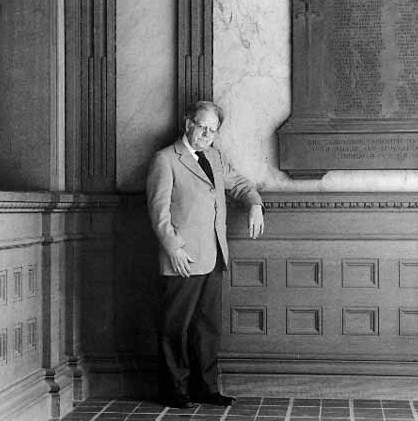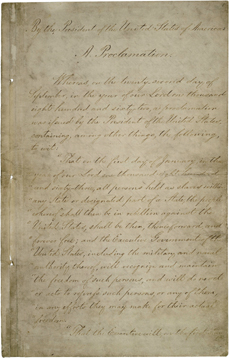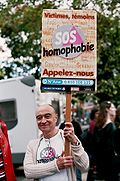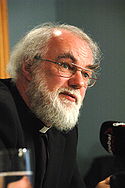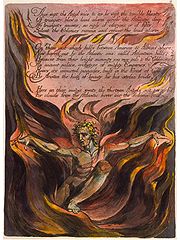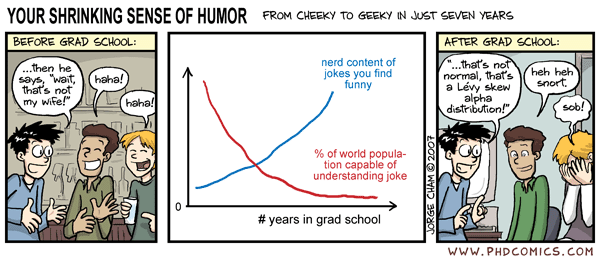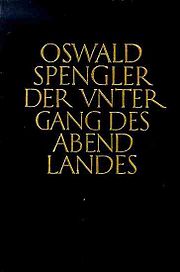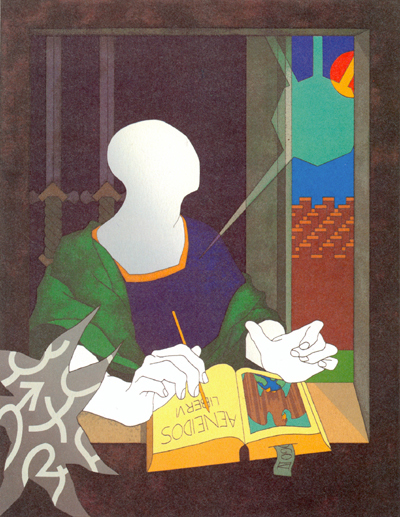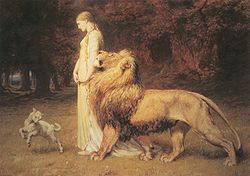
Many, many sentences and even phrases of Frye’s have stayed with me. For example, in the Introduction to Anatomy of Criticism, he says that “the elementary principles” of criticism “could be explained to any intelligent nineteen-year-old,” if criticism—I’m paraphrasing here—made sense. The “intelligent nineteen-year-old” should be able to understand what criticism is about. As a professor of English myself who has spent years teaching writing at all levels, from home-schooling children to teaching graduate students, I have found this ideal deeply credible, deeply compelling in its logic. “Any intelligent nineteen-year-old” should be able to understand criticism and what criticism is about. People should be able to read and understand what critics, theorists, and anybody in English studies, setting aside, of course, technical information requiring years of reading to be familiar with. He did not want a criticism that functioned like a “mystery religion,” as he explicitly argues in Anatomy: something exclusive, like a country club with high entry fees and a membership selected by itself. He was not a mystagogue. A lot is involved here, as always with Frye.
It is true that the terms “criticism” and, even more, “literary criticism,” terms that Frye took for granted, have lapsed in academic discourse. Frye described himself as a literary critic: how many academics in English would identify themselves in the same way? New Historicism, like poststructuralism before it, rejects the category of “literature,” and since the category “literature” is to it a mystification, it does not see itself as producing “criticism” (of literature), whereas for Frye, the category of literature definitely worked, and criticism should be conceived as the theory of literature, the study of how it works and what it says.
But this point, important as it is, is not what I want to focus on here. Frye believed that “any intelligent nineteen-year-old” should be able to understand criticism. He wrote in order to be understood; he wrote in order to communicate. Anything that got in the way of that communication was wrong, as far as he was concerned. Therefore, he wrote in a style that is consistently lucid and straightforward, and, while there are definitely difficult passages that need re-reading (not to mention plenty of wit), Frye’s prose is as clear as it is possible to imagine, given the material he is discussing.
If we hold this ideal for a moment, we have to be struck by how different Frye is from the commanding figures in English studies. In Frye’s last decade, Paul de Man, in the shadow of Jacques Derrida, was a commanding figure, treated with extraordinary reverence as a kind of saint of intellectual integrity and brilliance. De Man is basically gone, perhaps because when you subtract his elegant writing style and his Olympian mannerisms, there isn’t really that much in the way of ideas in what he says. The reply, that “meaning” is a contested concept, works really well for about 15 minutes and especially with uninstructed nineteen-year-olds, but for the rest of us, meaning—communicating—is what English, as a subject and as a profession, is all about.
